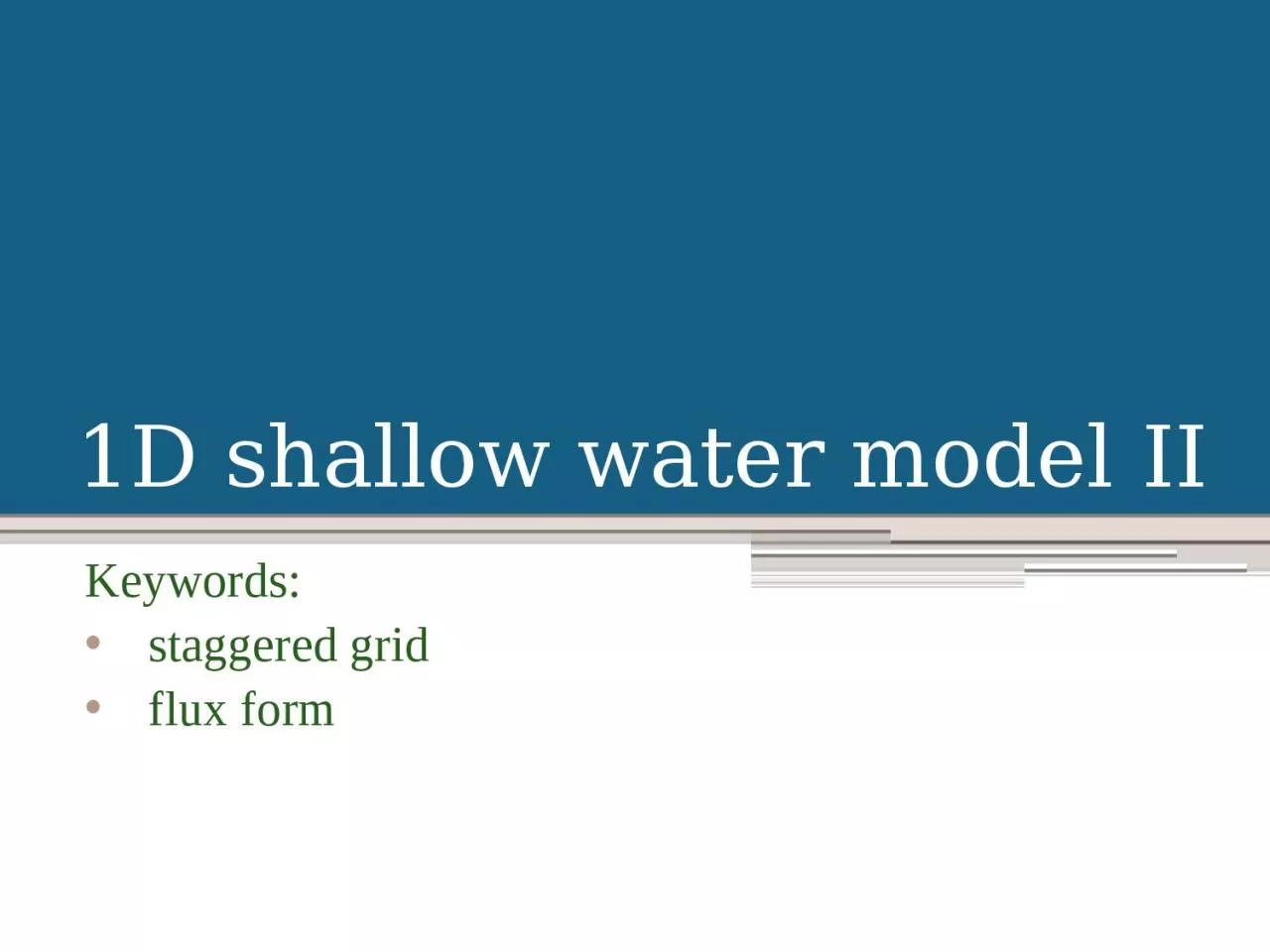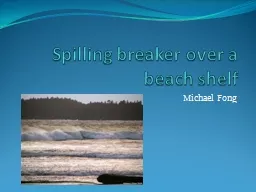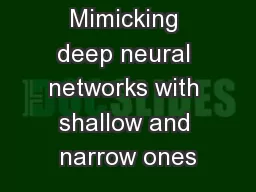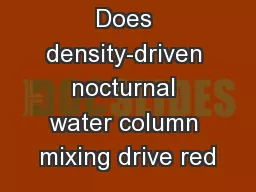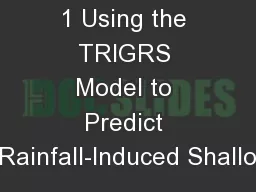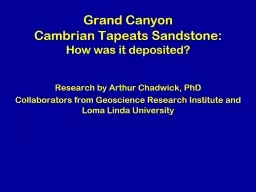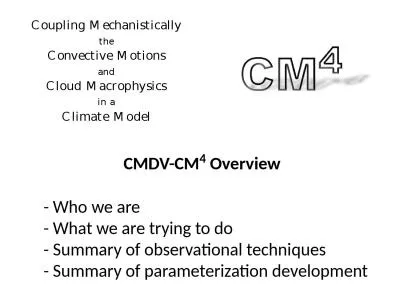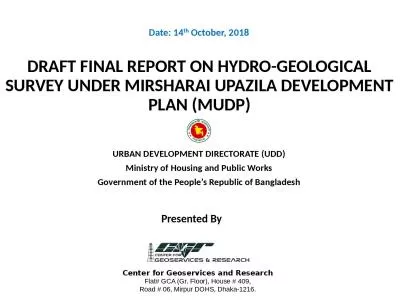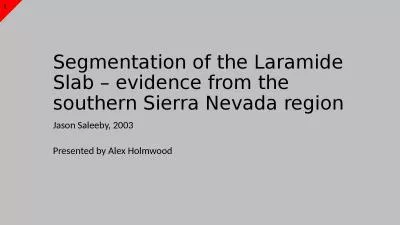PPT-1D shallow water model
Author : carla | Published Date : 2024-02-16
II Keywords staggered grid flux form Shallow water model Again we consider spatially 1demensional linear equations 2 Staggered grid We use the grid as follows We
Presentation Embed Code
Download Presentation
Download Presentation The PPT/PDF document "1D shallow water model" is the property of its rightful owner. Permission is granted to download and print the materials on this website for personal, non-commercial use only, and to display it on your personal computer provided you do not modify the materials and that you retain all copyright notices contained in the materials. By downloading content from our website, you accept the terms of this agreement.
1D shallow water model: Transcript
Download Rules Of Document
"1D shallow water model"The content belongs to its owner. You may download and print it for personal use, without modification, and keep all copyright notices. By downloading, you agree to these terms.
Related Documents

